Fishing The Mangroves

by Rod Hamilton
“My fish is in the mangroves, now what do I do?”
One of the great things about having a website and blog is the interaction I have daily with fisherman from around the world. Sharing ideas, learning about the occasional secret spot and passing on tips (always learned the hard way) makes it fun to be a participant in the industry.
A couple of recent questions from subscribers about how to land fish when they are in the “bushes” had me reflecting on my own trials and tribulations regarding this common DIY scenario;
Their confusion about what to do in that situation originated from the same place that it had for me. They had received conflicting instructions about how best to fight a fish once it was in the mangroves.
I wasn’t with them and each situation tends to be a little different, but I can assume the tactical fighting advice ranged from “put the boots to it” to “give it slack and let it run.”
Before I tell you what I do, let me set the stage and walk you down the path I took which eventually led to a substantial increase in landed fish.
I started the same place we all did. On the front of a boat with a guide expertly poling me along, pointing out fish that I couldn’t see. But the reality was I seldom fished in tricky mangrove areas, its just not where guides take you. Mostly we were fishing flats in relatively open and benign areas.
Occasionally the guide would pole along a mangrove edge and the fish would elect to panic, swimming at warp speed back into the mangroves, but usually it stayed where the battle did not include obstructions.
I describe this typical scenario to point out that I, like most boat guided anglers, didn’t have that much practice extracting fish from deep in the mangroves. So it’s no wonder we tighten up, get anxious and are not sure what to do.
But for a walk and wade DIY guy it is just the opposite. I fish along edges and deep inside creek systems probably as much as on open flats. I mean how many flats are there where I can walk, bike, drive or kayak too?
My partners and I do not fish where guides and others go so edges, creeks and the “middle of nowhere” are much more the rule than the exception.
Since the tough places make up at least 50% of the locations, it became obvious I needed to get much better at, stalking, casting and landing fish in the mangroves. These became mandatory skills not just one-offs.
My usual fishing buddy and I made the decision to figure out how to increase our “landed” ratio and win the jungle battle. If you ask us now what percentage of fish we land, we can comfortably say fifty percent. In fact, he just returned from North Andros, went into the sticks the last afternoon and ended up with four of six. Which seems about right.
AFTER EXTRACTING OUT OF THE MANGROVES A FEW HUNDRED FISH BETWEEN US, HERE ARE THE THREE METHODS WE USE.
Yank and Crank
The title says it all, but let me explain. When I know I’m going deep into a creek system and am surrounded by roots and branches I make three significant equipment changes. I snip off my #12 tippet and tie on #20 pound. I tighten my drag to about as tight as it will go. And switch to a larger, flashier fly. What we have found is that deep within the protective cover of the mangroves the fish are not the least bit leader shy. No need for delicate presentations with small flies on light leaders. So I go with flies they can see, that make a splash when they hit and attach it to as strong a tippet as I have in the bag. Normally these are short pinpoint casts into tiny holes and pockets. When the fish hits, strip strike and then literally fight the fish right where you hooked it. It’s a hell of a battle, but you just don’t let it run. I’ve never landed a fish larger than 4 1/2 pounds doing this but then that takes into account 90% of all the fish you will see.
Walk the Dog
This one is crazy, it shouldn’t work and goes against all your instincts, but the results will surprise you. Use
C&R Tips & Gear for Musky & Other Toothy Critters
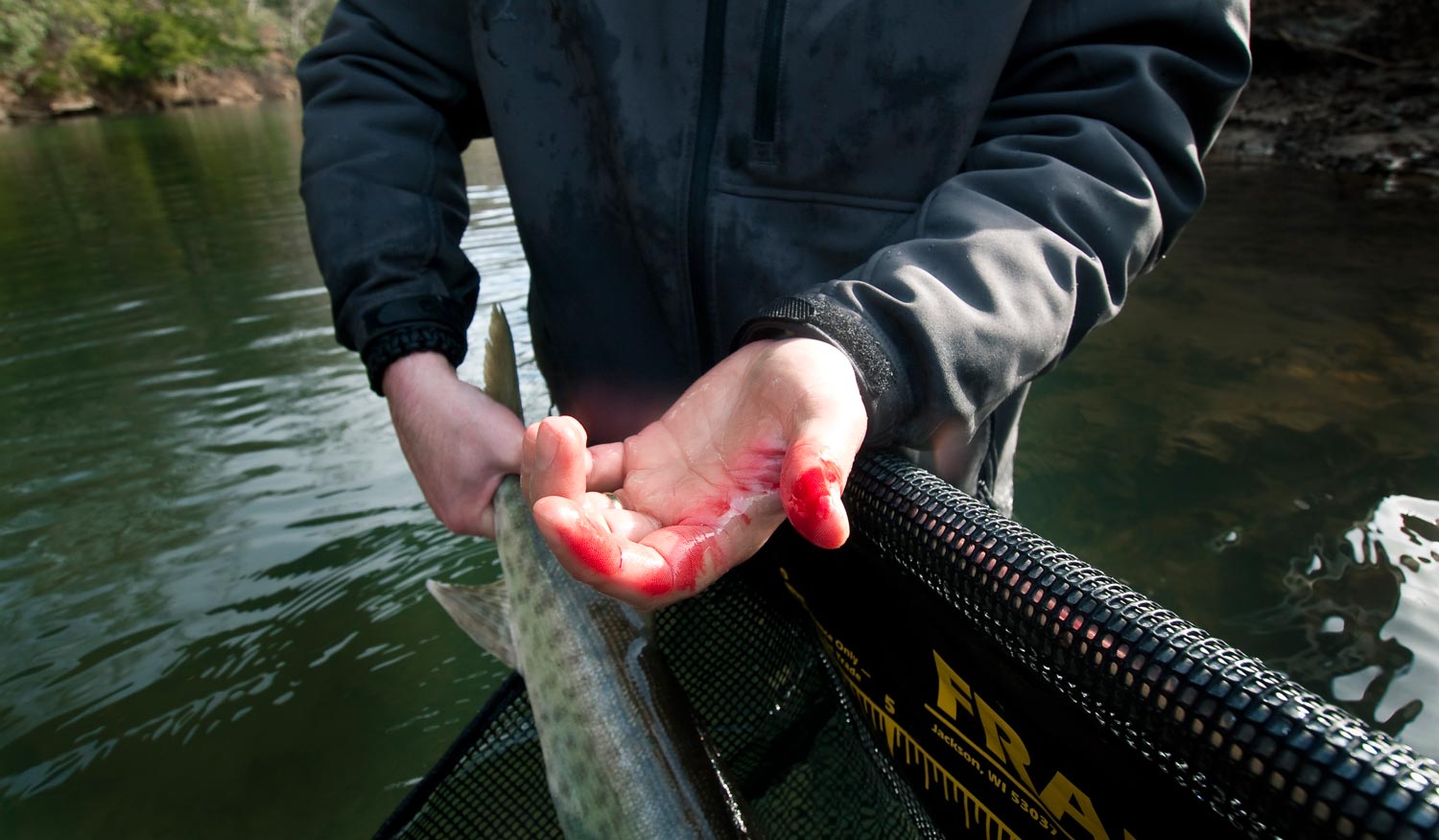
I’ll never forget the first musky I landed on fly.
It was an extremely proud moment for me, but it quickly turned into a stressful situation after I got the musky to the boat. I had serious problems removing the deeply hooked fly. The musky had its mouth slammed shut and would not open it more than a couple seconds at a time. After a few minutes without making any progress, I became desperate, and used my hand to pry the mouth open (dumb I know, but the health of the fish was more important to me) and I ended up badly cutting my hand on the razor sharp teeth. The entire hook removal process took far too long, and that made it extremely difficult for us to revive and release the fish. It was an organized team effort to say the least. I held the fish in the water, Louis stabilized the net, and Murphy ran the trolling motor upstream to keep water running over the gills until we got the musky green again. Talk about a bummer that ended up overshadowing a proud angling moment. That’s not how I wanted my first catch and release of a musky to go down.
If you’re planning on going fly fishing for musky or any other toothy critters for the first time, I highly encourage you to read over these organized catch and release handling tips and gear recommendations. They’ll keep you and the fish safe, and you’ll greatly decrease the chances of ruining a great moment on the water like I did.
Read More »Don’t get ripped off!

By Louis Cahill
The only thing worse than paying too much for your fly fishing gear is having it stolen.
I woke up this morning to a pile of glass by my truck. One of the worst things about living in a big city is the constant presence of crime. Car break-ins are common and, in the scheme of all the horrible stuff that can happen to you, really just an inconvenience. Don’t waste your time telling me that I need to move to Montana. Believe me, I already know but my wife has the best job of her life and is very happy, so we are here for a while, and while we are, we will have to deal with this kind of thing.
You would think that with the ever-present threat of robbery, I would have better sense than to leave thousands of dollars worth of fly fishing rods and reels, and various photo gear in my truck. You’d be wrong. There were at least a dozen fly rods, half a dozen reels and some photo gear in the truck last night when I, and everyone else on the street, got hit. Hear’s the part you might not expect. It’s all still there.
I leave that stuff in my truck for a reason. It’s the safest place I have, because I have a Truckvault.
Read More »The First Ten Seconds
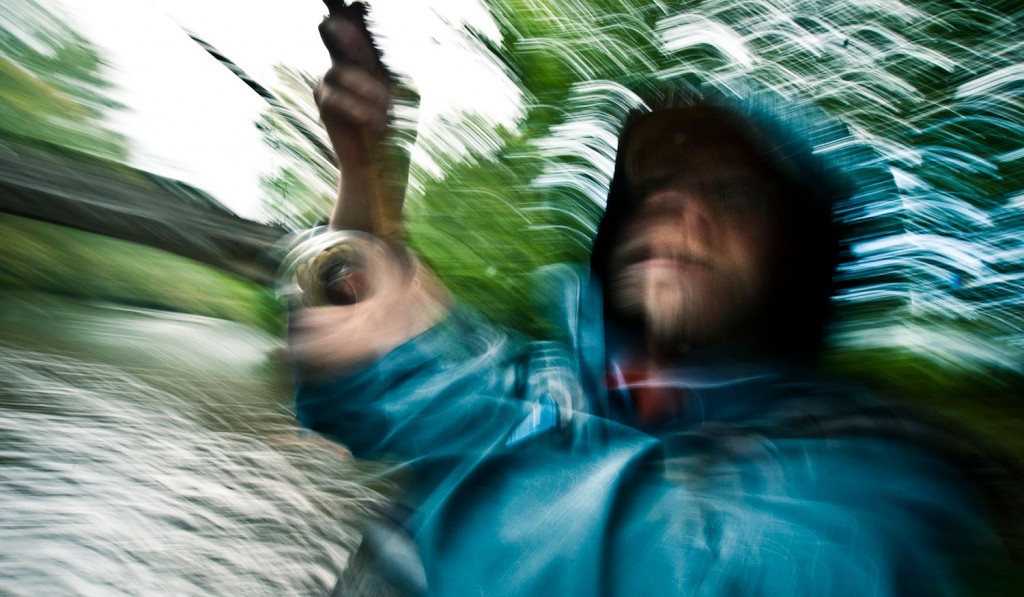
Chaos and panic are good words to describe what goes through many anglers heads during the first ten seconds following a big fish hookup.
The decisions you make during those first seconds of the fight will often determine whether you or the fish wins the battle. There’s lots of ways to lose a big fish and sometimes it’s completely out of your control. But one of the worst decisions you can make, specifically when a fish is making a screaming run upstream or downstream of you, is deciding to stay put and not follow. When this happens you better be ready to kick it into high gear and move your ass fast in pursuit. Otherwise, you’ll quickly find yourself with no leverage to apply adequate power to fight and steer the fish. It’s like trying to drive a car on a curvy road without a steering wheel, it’s just not going to work.
Big trout usually only have a couple really long hard runs. If you can stick with them during the blitzing runs and keep good tension, you’ll often find the hardest part of the fight is
Read More »Euro nymphing VS Indicator Nymphing
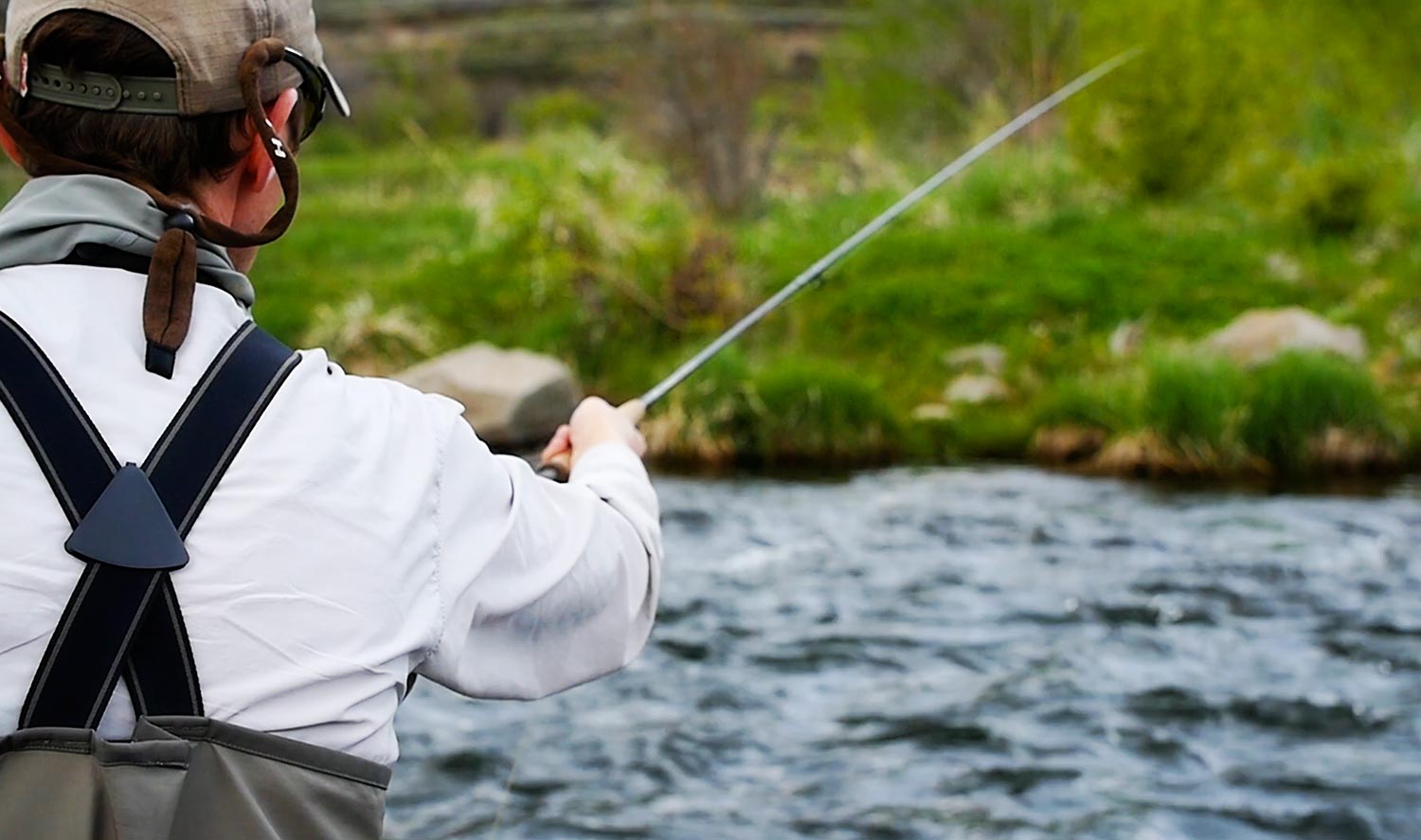
By Devin Olsen
I grew up fishing many of the fabled tailwaters of the American West. Throughout high school and my early college years, I would travel around to find the biggest and pickiest small fly eaters I could find. Having immersed myself in this fishing environment and culture, I became a dyed-in-the-wool suspension/strike indicator nymph fisherman; with some indicatorless sight fishing thrown in for good measure. You couldn’t convince me there was a better way of catching numbers of fish on most trout rivers. The last few years have had a way of convincing me I was wrong.
In 2005 I started working with Fly Fishing Team USA members Lance Egan and Ryan Barnes in a fly shop. I was immediately intrigued by the competitions they were fishing in and the possibility that I could represent our country in international competitions. There was only one problem, the typical split shot and indicator game I was so accustomed to was not legal in FIPS Mouche governed competitions like the World Fly Fishing Championships. Suddenly I had to rethink and relearn my nymphing approach and find other alternate ways of being effective. Thankfully I learned a lot from Lance and Ryan; especially the long French leader style of European nymphing that Lance began to use after the 2007 World Fly Fishing Championships in Portugal. Now, after 11 years of competing with Fly Fishing Team USA, a lot of comparisons on the water, and two team and one individual World Fly Fishing Championship medals, I’m convinced that European style nymphing is more effective than strike indicator/suspension nymphing in most water types.
To illustrate the reasons why I believe European nymphing methods are often more effective, watch the embedded video clip, which is an excerpt from the film Modern Nymphing: European Inspired Tactics; which Lance Egan, Gilbert Rowley and I just released last month. For some more in-depth explanation, the list below explains what I view as the pros and cons of European vs. suspension/strike indicator style nymphing.
Pros of Euro nymphing:
Read More »Fly Tying: Working With Wire
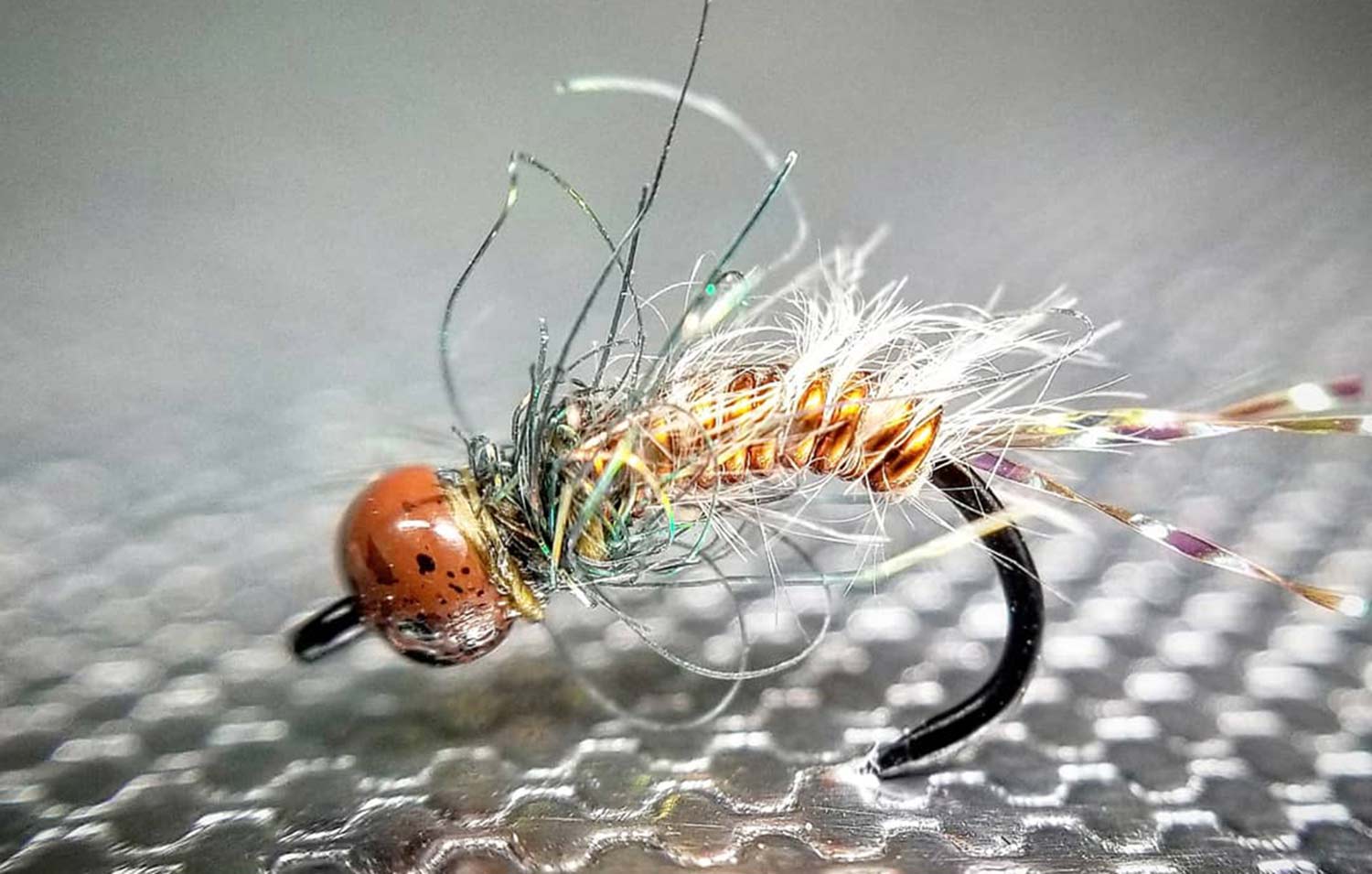
By Bob Reece
Wire is a common ingredient in nymph patterns.
Whether in the form of ribbing or full body segments, this material adds the important elements of segmentation, durability and weight. Yet, because of its fairly rigid nature, it can be a difficult material to work with.
When attaching wire to the hook shank, it’s important that it lands on one of the lateral sides of the hook shank. This means that is should be tied in on the side of the hook either closest to your or the side opposite of that. This ensures that the nymph pattern is widened horizontally and not vertically. This matters because most natural nymphs have horizontally widened bodies. Using this tying method helps to mimic that profile when constructing nymphs.
In addition to the tie in location, the consistency of the thread wraps that are laid down matters for two different reasons. If the wraps are laid down without consistent firm tension, the wire will shift position when the tier wraps it forward. Equally important is the spacing of thread wraps laid down on the surface that the wire will be wrapped over. If the wraps are not evenly spaced and create an uneven surface, that same uneven layout will be reflected in the overlying wire wraps.
Read More »13 Proven Streamer Patterns for Trout
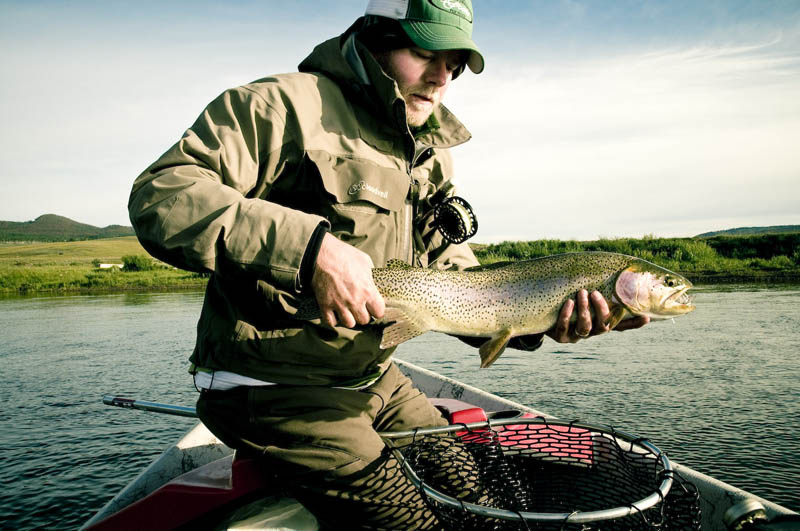
13 Big streamer patterns that get big results!
I wrote an article stressing about the importance of experimenting with different streamer retrieve speeds and stripping lengths, until you find a winning combination that the trout find the most enticing. Generally, when you’re paying close enough attention when your streamer fishing, you’ll notice one type of streamer retrieve that works hands down better than the rest. If you don’t find this to be the case and you’re not catching fish with streamers, it probably isn’t the best tactic for the day you’re fishing. My testimony and theories provided in my previous post were gathered from many years of streamer fishing for trout, but were validated and backed up further from guide trips as recent as this past week. We had several comments on the post, with one of our followers requesting I write a follow up post showcasing some of my favorite streamer patterns. Here you go Matt.
Read More »Totality
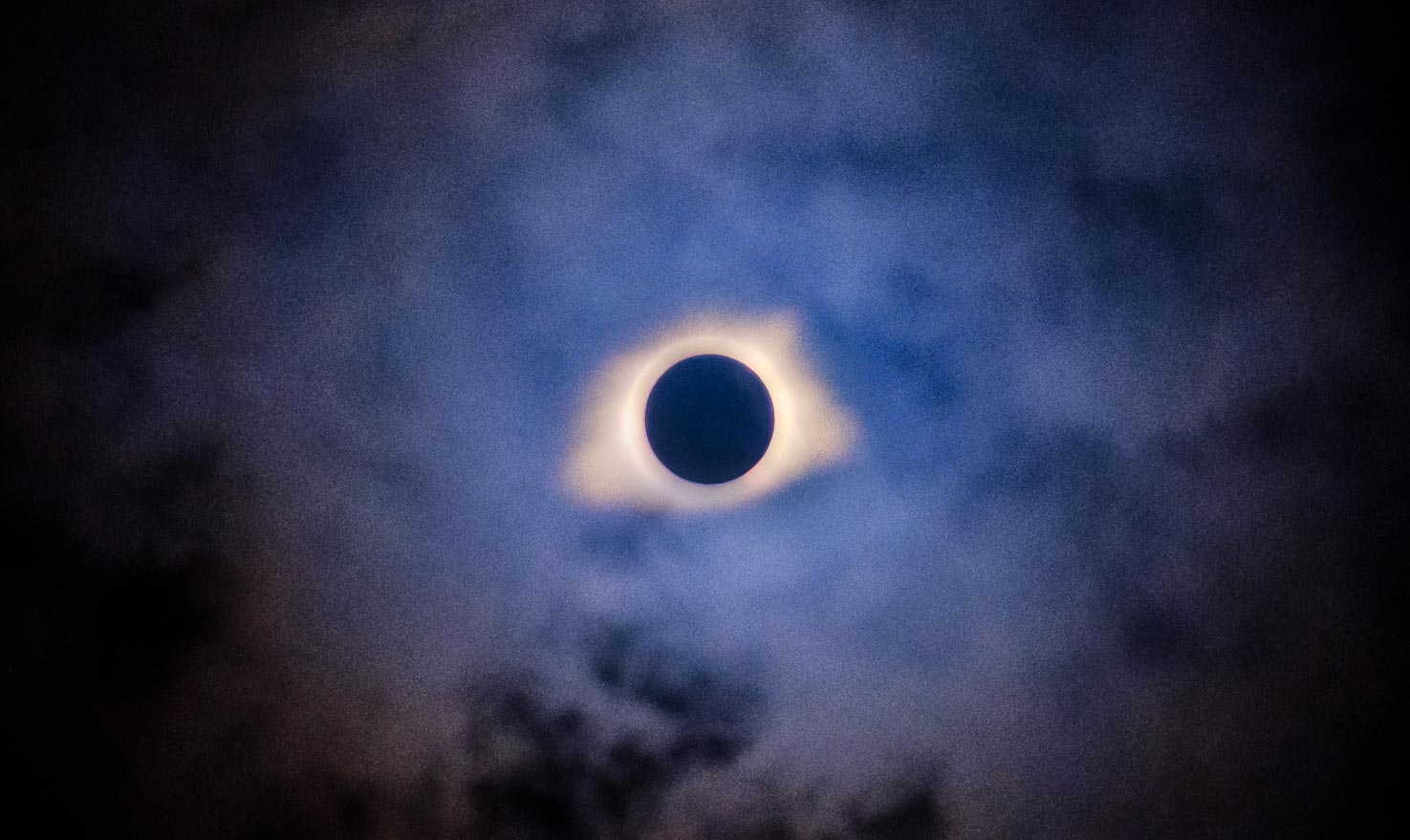
Admittedly this doesn’t have a lot to do with fly fishing, other than taking place on a trout stream.
When I saw the map depicting the path of totality for the solar eclipse of 2017, I knew exactly where I wanted to be. The thin line of totality passing through the mountains of western North Carolina intersected one of my favorite places on earth. A spot that’s near my heart for a couple of reasons.
If I were to tell you where it is, you’d likely be surprised. If you know it, please don’t say. It’s one of those spots that gets plenty of attention but it wasn’t always that way. It used to be the spot I could go and fish all day without seeing another angler. Well, not far from the spot anyway where I caught my first brook trout. Near where I’ve caught a handful of big wild brown trout, and a spot I almost drowned myself. A place where I saw a boulder the size of a car come off the mountain. It’s a spot that’s full of memories and it’s having been discovered by a great many anglers might make it less pleasant to fish but no less pleasant to remember.
I originally made plans to fish with Justin, but plans fall apart if they are made too far in advance. I decided it would e a great day to spend with my wife, Kathy, and our puppy, Josie. It would be Josie’s first road trip, if you don’t count the flight home from South Andros, and I was excited to see how she’d do, as I have many more planned.
We reached our chosen spot, at the top of a favorite waterfall, about an hour before totality. Everyone whom I had told where we were going, including my wife, thought it would be a bad idea. That there would be no way we’d have a view of the sun for the dense trees and steep gorge walls. “Trust me,” I told Kathy, I know exactly where the sun will be. I should. The top of this falls is the exact place where I shot the image that sucked me forever into the fly fishing business. I never forget a location.
It couldn’t have
Read More »The Hydropsyche With Peacock Quills
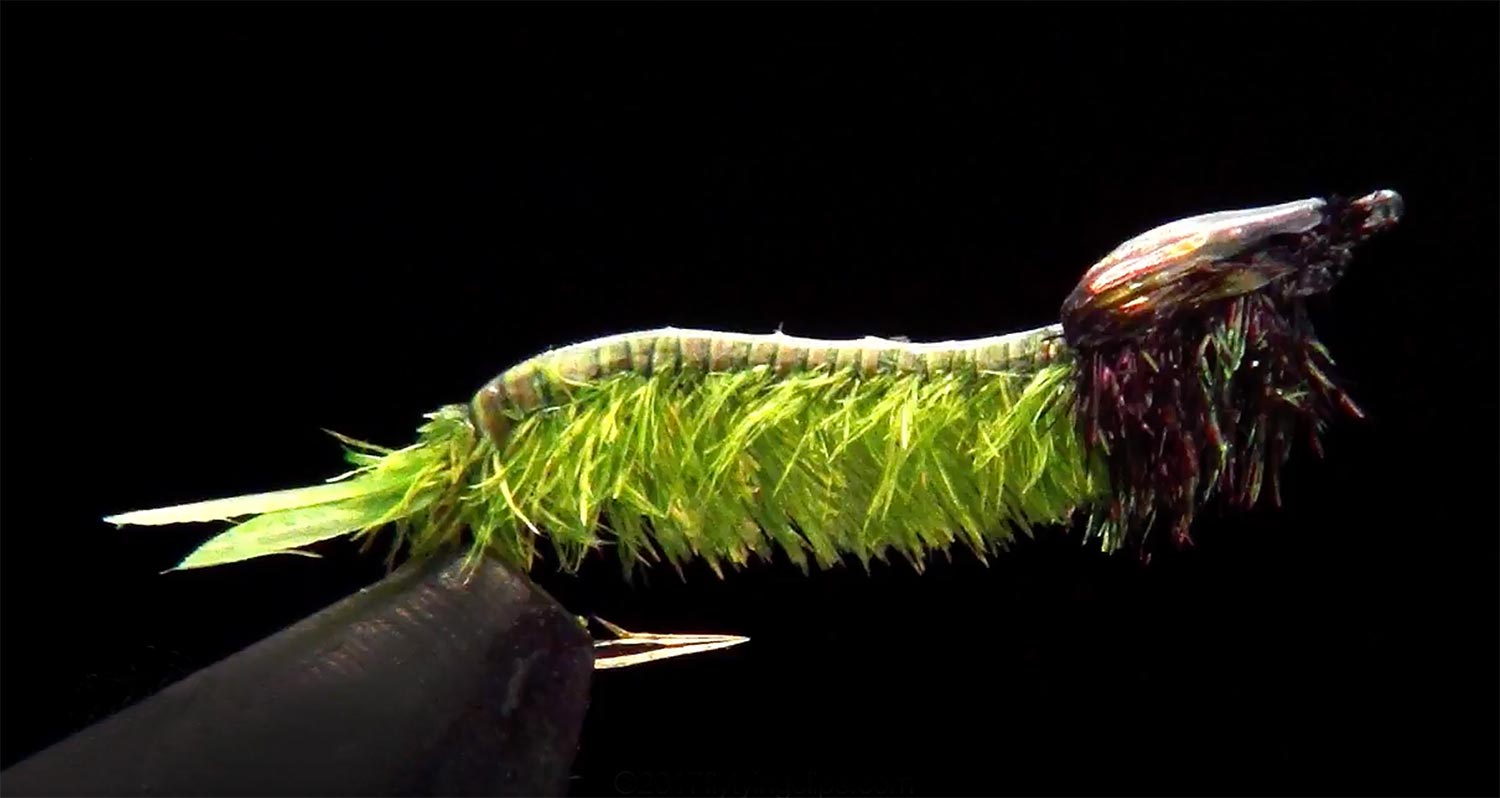
By Herman deGala
Here’s some advanced technique for tying flies with peacock quills.
Fly tying has always been the art of linking a series of techniques to achieve an overall design. Innovative techniques are often a result of problem solving.
I have always enjoyed the look of wrapped peacock quills and the beautiful segmented bodies they create with simple turns. I also enjoy the iridescence of peacock barbules and their fish catching attributes. I have come up with a simple way to combine both of these attributes.
I DEMONSTRATE IT HERE WITH A SIMPLE HYDROPSYCHE. I AM SURE YOU CAN THINK OF MANY MORE APPLICATIONS WITH YOUR OWN TYING.
Read More »Keep a Backup Nymph Rig Ready
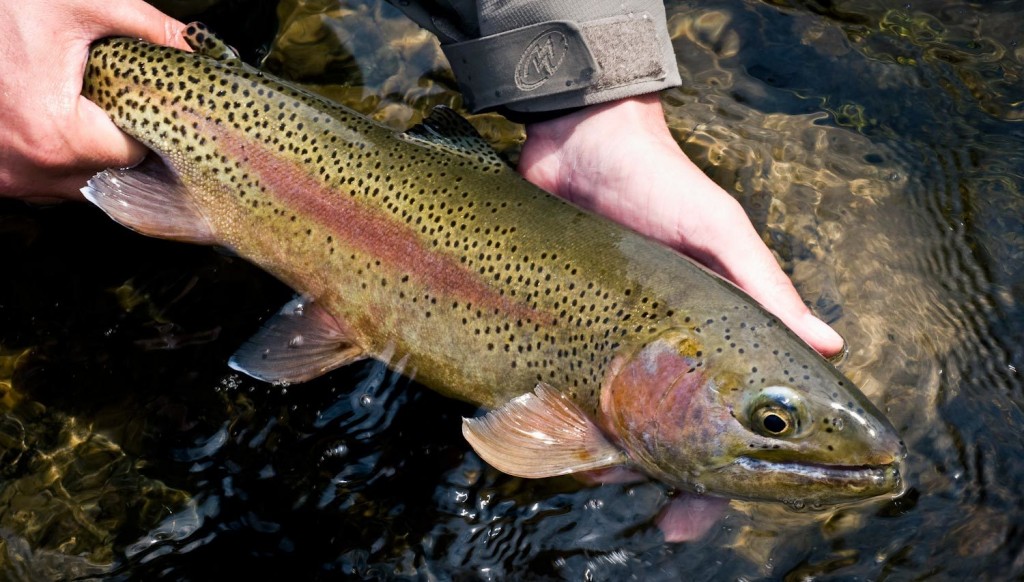
Changing out flies on the water takes time but is often necessary to catch trout consistently all day.
Keeping a pre-rigged tandem nymph rig ready to go, will allow you to quickly change out your flies from one hole to the next and save you critical time when your fishing time is limited. They’re great to have when you find your hot fly has turned cold, when you break your rig off on a snag or find yourself with a nasty tangled mess. Let’s face it, we often find ourselves in question on the water, particularly in the first hour after we’ve wet our line. It can take some time to figure out what the trout want for the day, and by having a couple different pre-rigged tandem nymph rigs on hand, you’ll find it much more efficient to try multiple fly patterns and rigs out, and that should help you dial-in quicker and start catching trout.
Sometimes the tandem nymph rig you just caught trout with in the hole downstream, may fail to get the attention of the trout in the next hole you fish. This isn’t always the case, but sometimes for sure. In fact, this happened to me just the other day. My client had landed a fish out of the first three holes we fished in the morning with a woolly bugger lead fly and a micro san juan worm dropper. As my client worked the fourth hole of the day, the bites abruptly stopped, despite him making several great presentations and drifts. Knowing there were fish in the hole, I snipped off the rig and tied on one of my different pre-rigged nymph rigs. First cast, my client landed a trout, and he went on to catch another fish after that. If I would have stuck with the first rig, thinking the flies were fine because they worked in the previous holes, we probably wouldn’t have landed those two fish. There is no doubt there are times when trout will key in on a specific aquatic insect and become selective feeders. However, some days,
Read More »